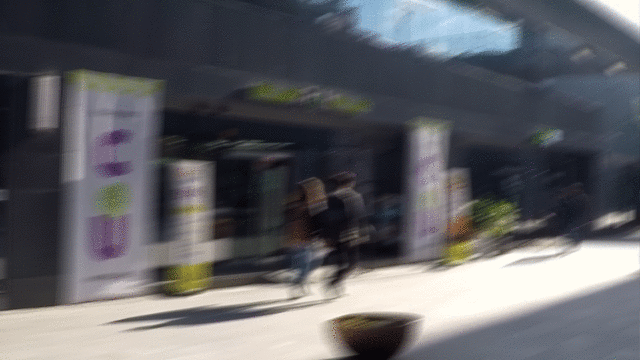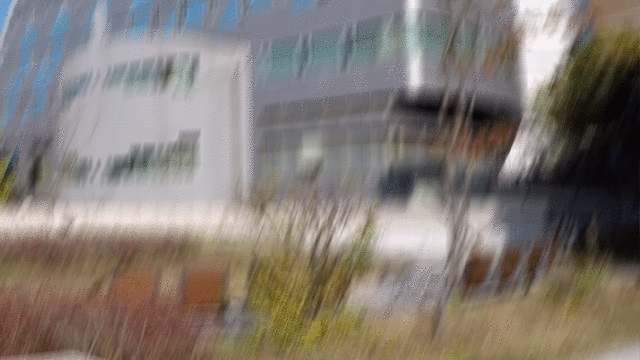DeblurGAN
Pytorch implementation of the paper DeblurGAN: Blind Motion Deblurring Using Conditional Adversarial Networks.
Our network takes blurry image as an input and procude the corresponding sharp estimate, as in the example:


The model we use is Conditional Wasserstein GAN with Gradient Penalty + Perceptual loss based on VGG-19 activations. Such architecture also gives good results on other image-to-image translation problems (super resolution, colorization, inpainting, dehazing etc.)
How to run
Prerequisites
- NVIDIA GPU + CUDA CuDNN (CPU untested, feedback appreciated)
- Pytorch (installation guide with python3.5. We need to install torch-0.3.1 instead of torch-0.4.1, otherwise there will be error)
pip3 install http://download.pytorch.org/whl/cu80/torch-0.3.1-cp35-cp35m-linux_x86_64.whl
pip3 install torchvision- Install requried libraries
pip3 install dominate
pip3 install visdomDownload weights from Dropbox . Note that during the inference you need to keep only Generator weights. Or directly copy the link https://www.dropbox.com/s/5r6cy0x72s8x9yf/latest_net_G.pth and "wget" it from Linux.
Put the weights into
/.checkpoints/experiment_nameTo test a model put your blurry images into a folder and run:
python test.py --dataroot /.path_to_your_data --model test --dataset_mode single --learn_residualData
Download dataset for Object Detection benchmark from Google Drive
Train
If you want to train the model on your data run the following command to create image pairs:
python datasets/combine_A_and_B.py --fold_A /path/to/data/A --fold_B /path/to/data/B --fold_AB /path/to/data --width 160 --height 120The folder_A can be your real data, such as
and folder_B can be your self-generated fake data, such as and the folder_AB will be the output of the combined images path. The output will look like the following picture. "--width" in the args is the resized width of resolution, and "--height" is the resized height of resolution. The modifined "combine_A_and_B.py" will automatically resize the images in folder_A and folder_B to ensure the pair of images will have same resolution.And then the following command to train the model
python train.py --name name_of_folder_to_store_trained_model --dataroot /.path_to_your_data --learn_residual --resize_or_crop crop --gpu_ids 0,1,2,3 --fineSize CROP_SIZE (we used 256)If you only have one GPU with id=0, then just set "--gpu_ids 0". If you train with CPU, set gpu_ids=-1. The trained models will stored under ./checkpoints/name_of_folder_to_store_trained_model
Other Implementations
Citation
If you find our code helpful in your research or work please cite our paper.
@article{DeblurGAN,
title = {DeblurGAN: Blind Motion Deblurring Using Conditional Adversarial Networks},
author = {Kupyn, Orest and Budzan, Volodymyr and Mykhailych, Mykola and Mishkin, Dmytro and Matas, Jiri},
journal = {ArXiv e-prints},
eprint = {1711.07064},
year = 2017
}
Acknowledgments
Code borrows heavily from pix2pix. The images were taken from GoPRO test dataset - DeepDeblur


